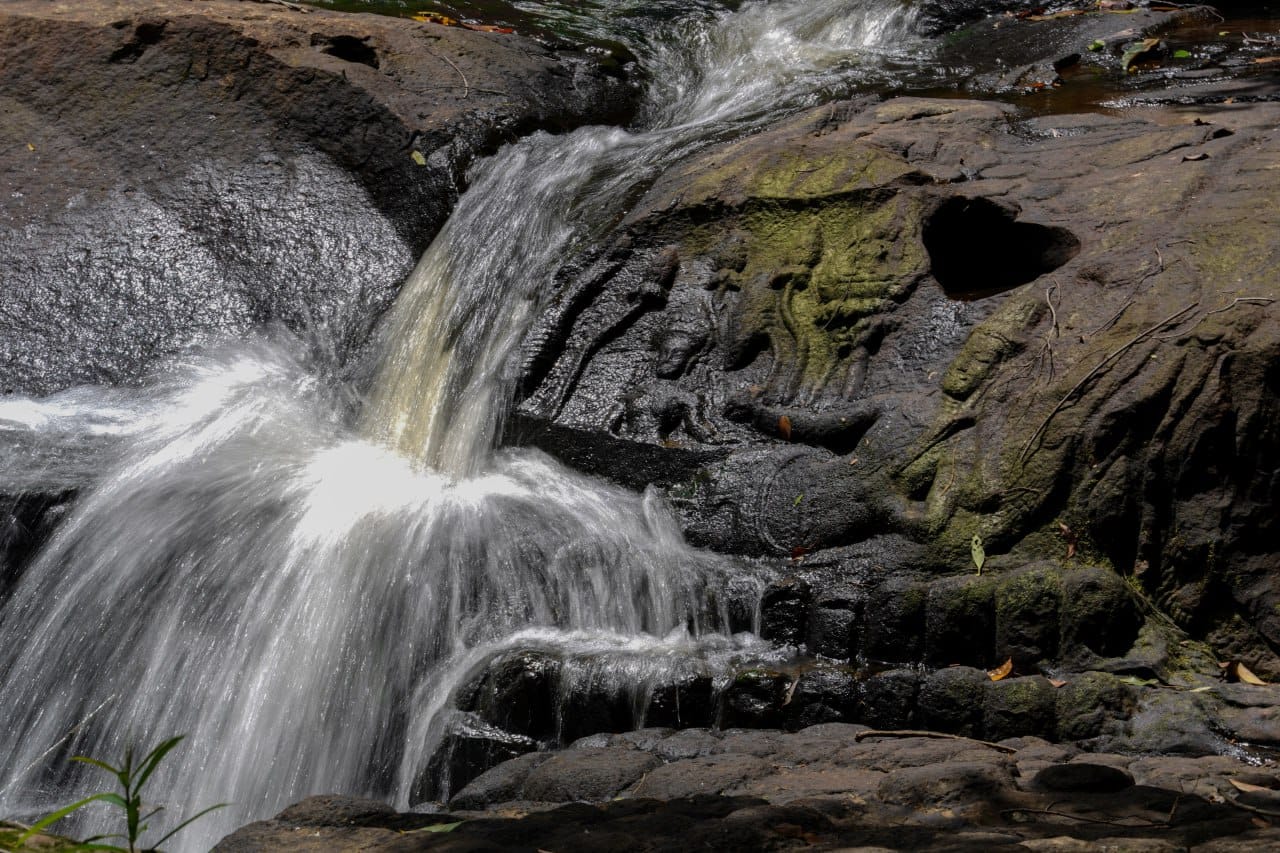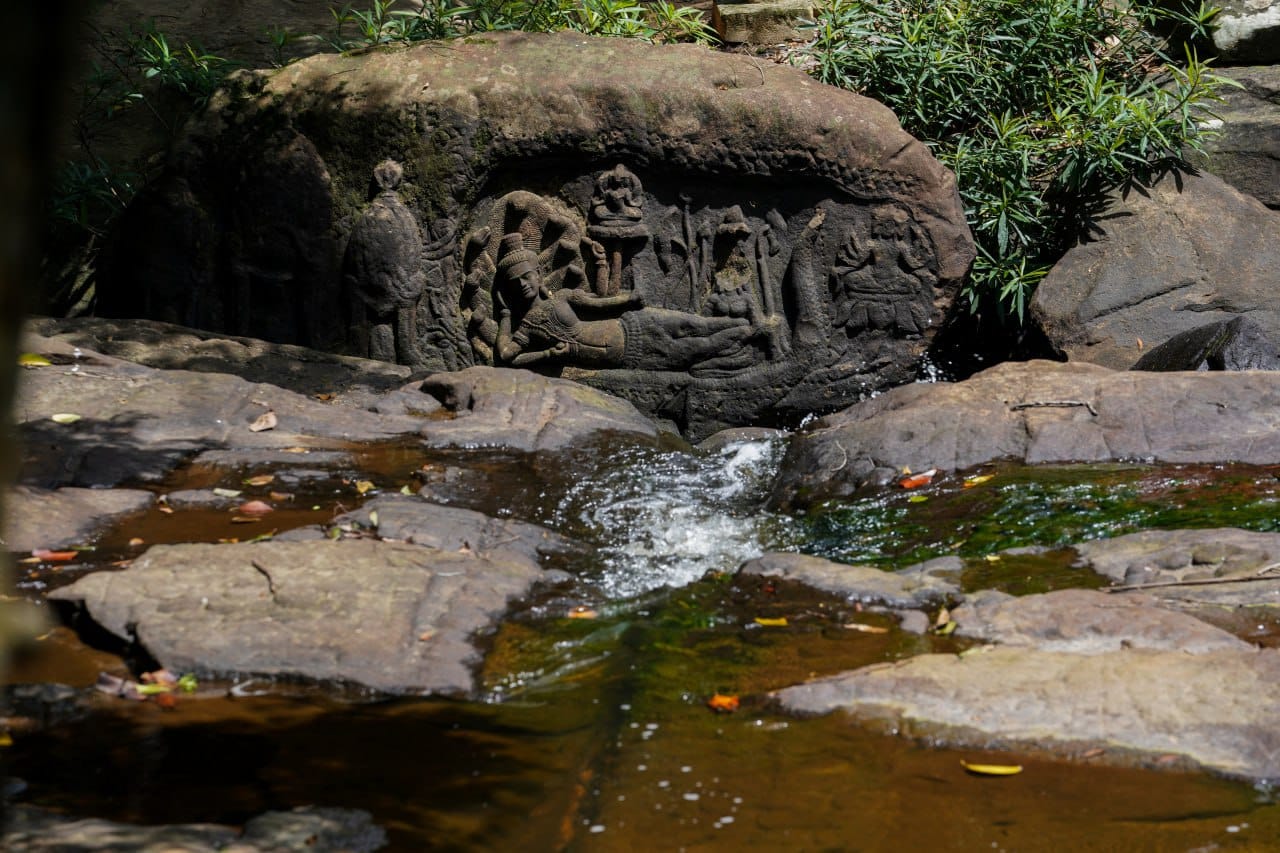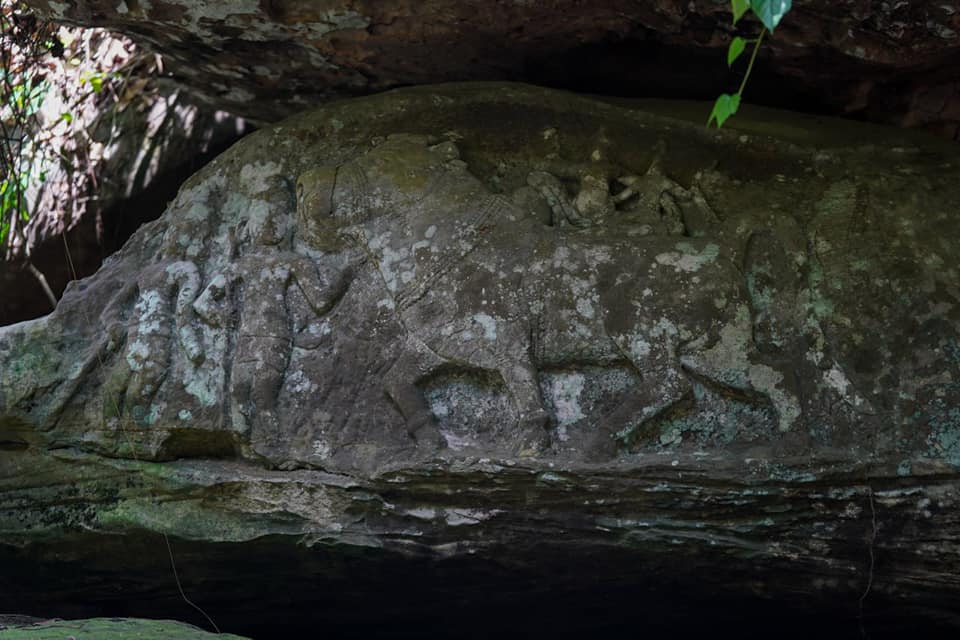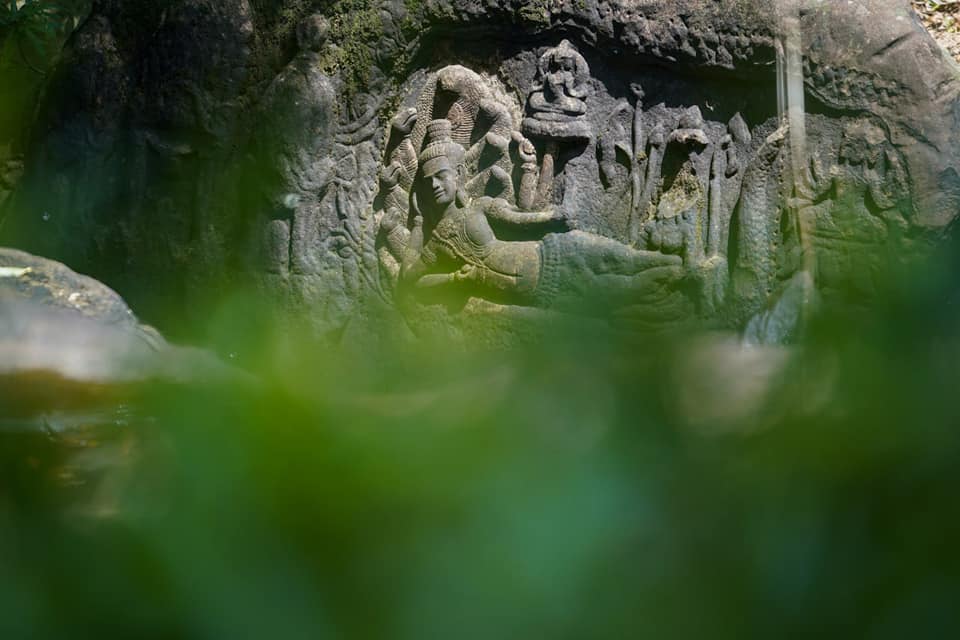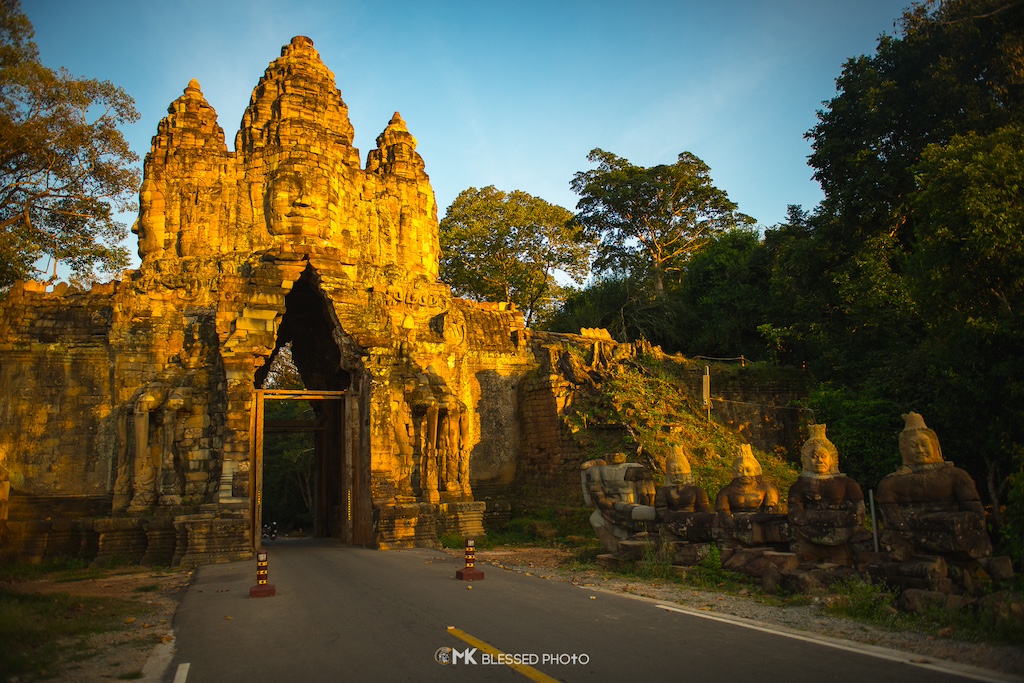Kbal Spean: The Enchanting River of a Thousand Lingas
Located about 50 kilometers northeast of the main group of temples at Angkor, Kbal Spean, also known as the 'River of a Thousand Lingas,' offers a different yet equally mesmerizing experience. Set deep within the lush forests of the Phnom Kulen National Park, this archaeological site dates back to the 11th century and is renowned for its intricately carved riverbed and rock formations.
Kbal Spean is not just a site; it's a journey. A moderately challenging trek of about 1.5 kilometers through the dense jungle leads to the river. The carvings in the riverbed, mostly of lingas (phallic symbols representing the Hindu god Shiva) and Yoni, are believed to bless the water that flows over them, which then irrigates the rice fields below, symbolizing fertility and prosperity.
Major Sight Spots at Kbal Spean:
The Riverbed Carvings: Hundreds of lingas carved into the sandstone riverbed, visible when the water level is low.
The Waterfall: A picturesque spot, especially during the wet season, with water cascading over the ancient carvings.
The Carved Images of Hindu Deities: Images of Hindu gods, including Shiva, Vishnu, and Brahma, along with various scenes from Hindu mythology.
The Trek Through the Jungle: A scenic walk with diverse flora and fauna, adding to the site's mystical ambiance.
Buddhist Monastic Complexes: Located near the site, reflecting the religious evolution of the area.
The 'Valley of a Thousand Lingas': A wider area around Kbal Spean with numerous carvings and natural beauty.
Kbal Spean's significance lies not only in its religious and historical aspects but also in its natural beauty. The combination of the serene jungle, the gentle flow of the river, and the spiritual ambiance makes it a tranquil retreat for nature lovers and spiritual seekers alike.
The site is a testament to the artistic and religious fervor of the Khmer Empire, offering a unique perspective on the empire's spiritual life outside the main Angkor complex. It's a destination that invites exploration, reflection, and appreciation of both nature's and humankind's creations.


